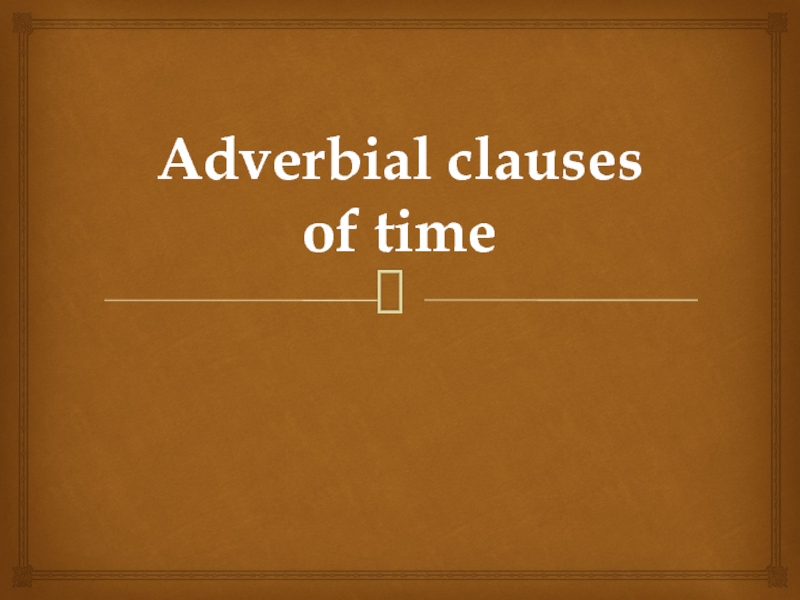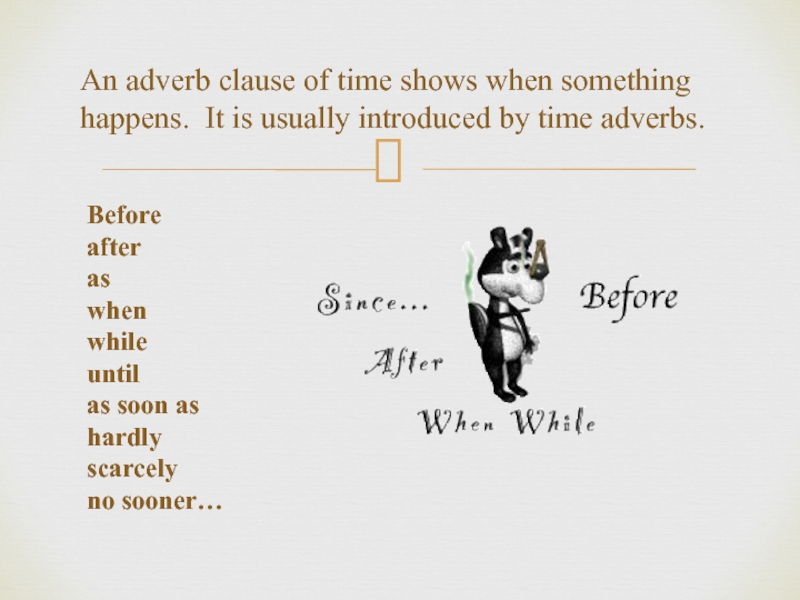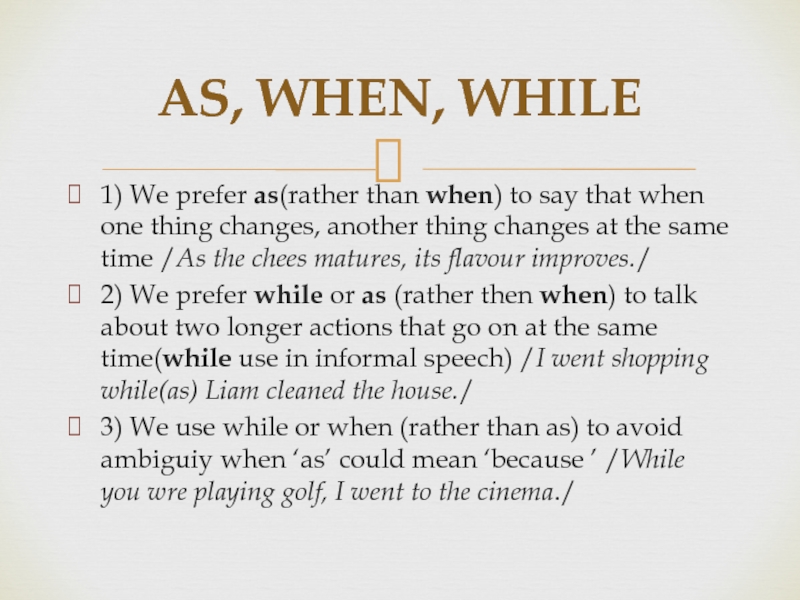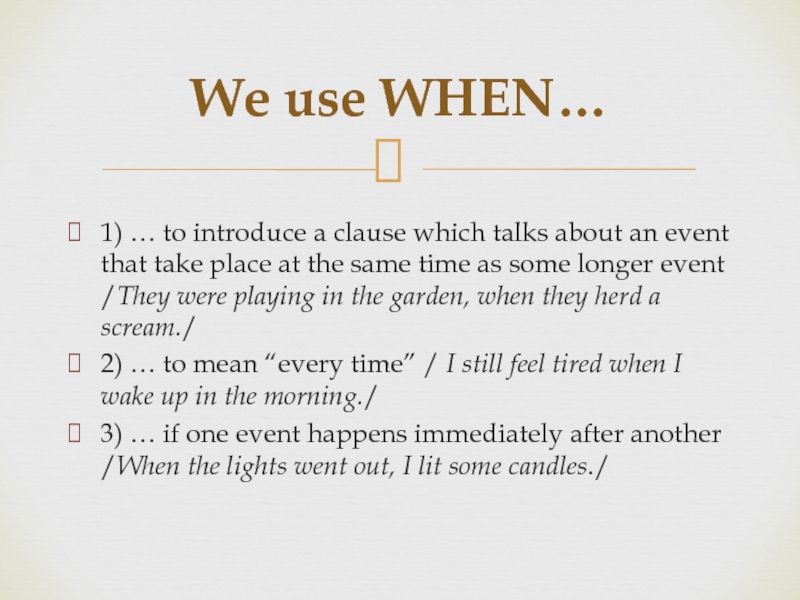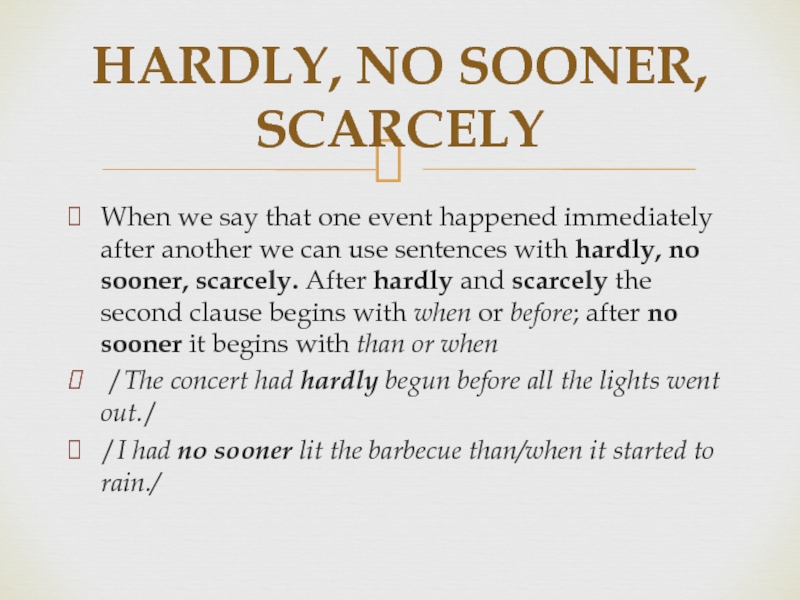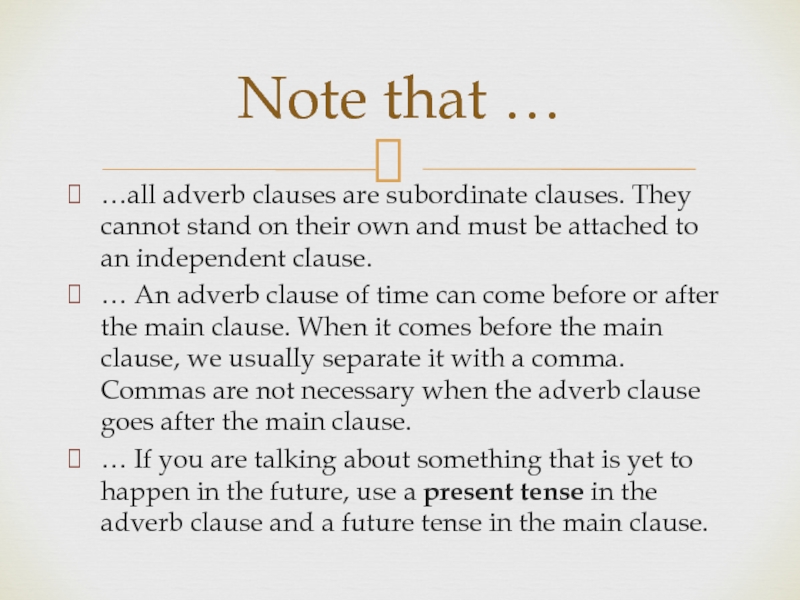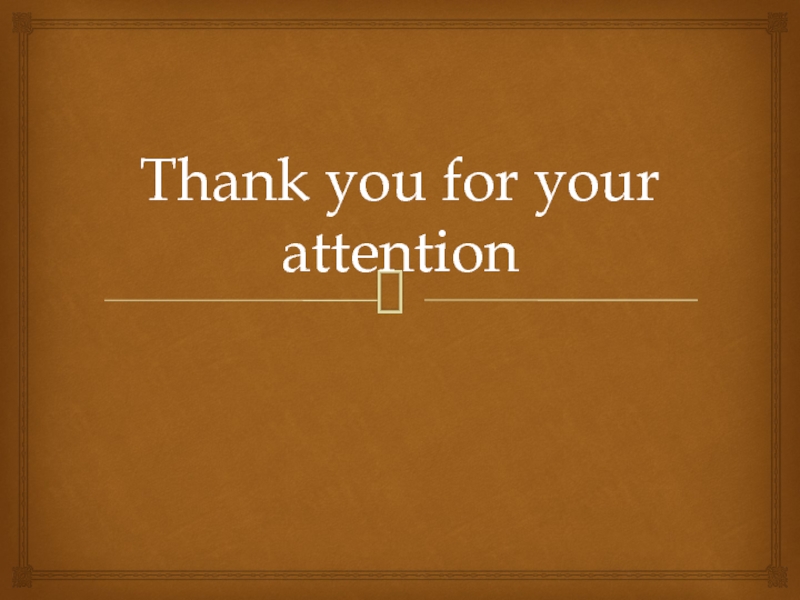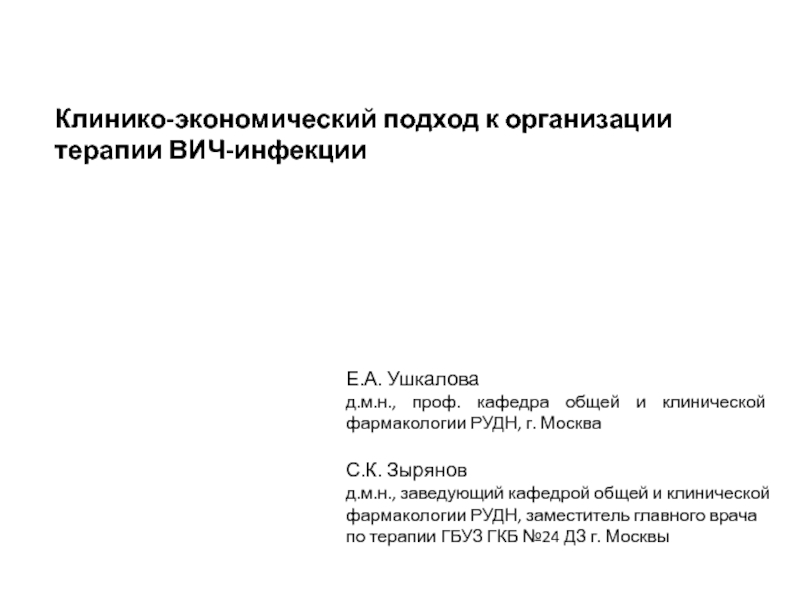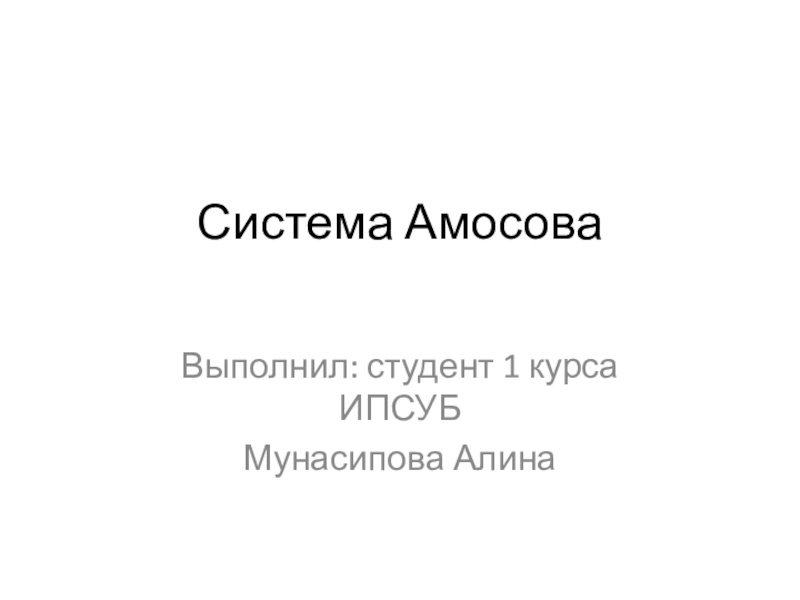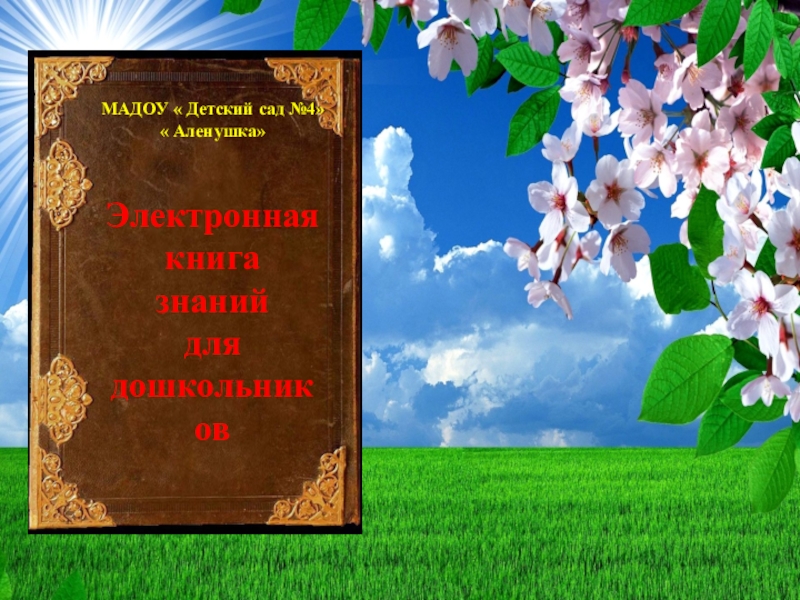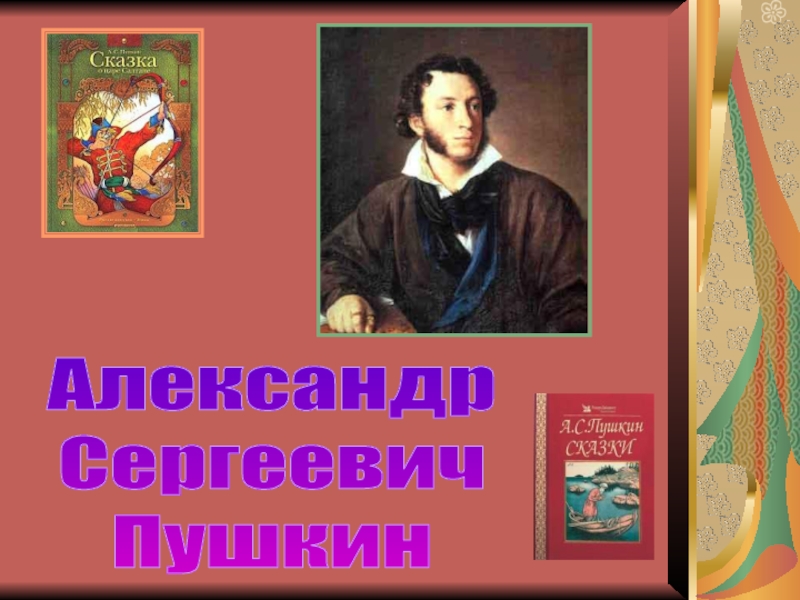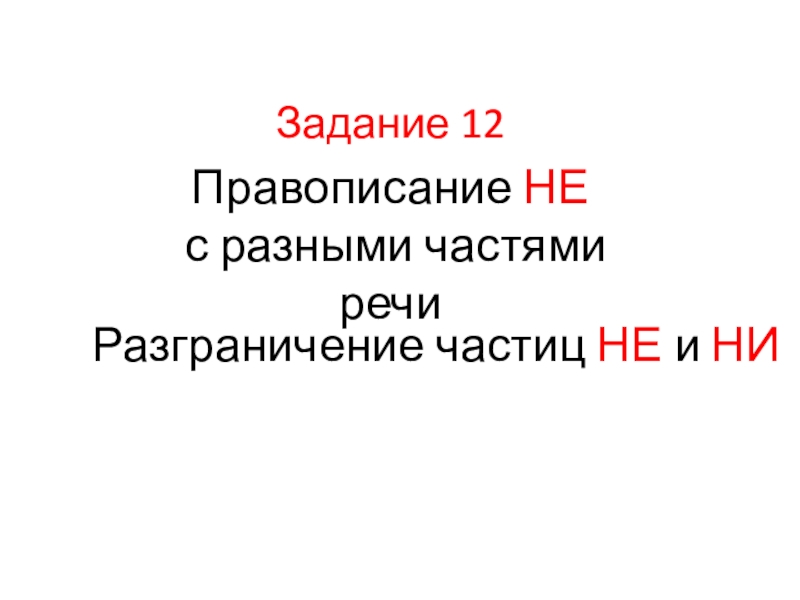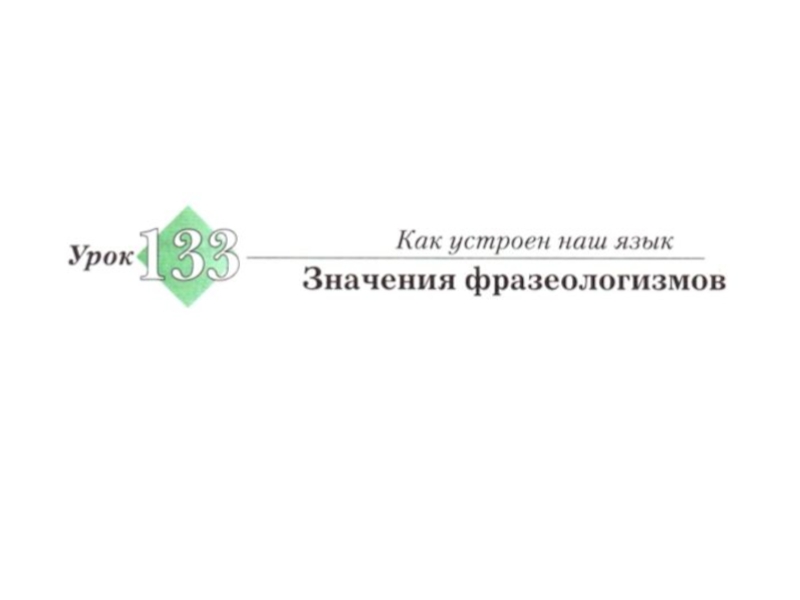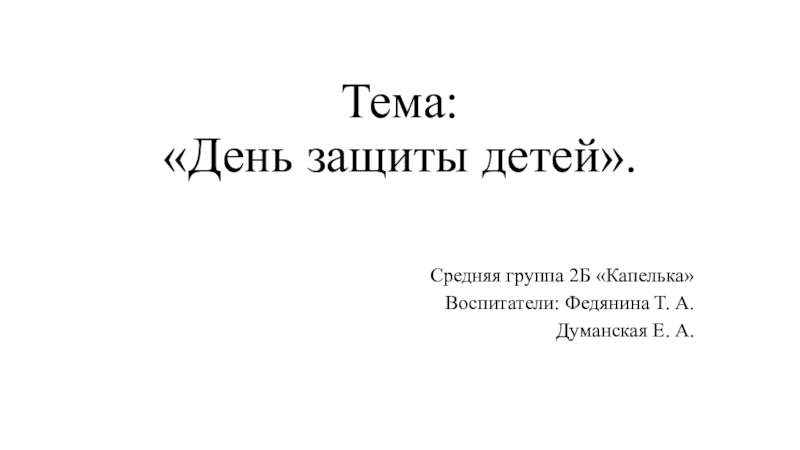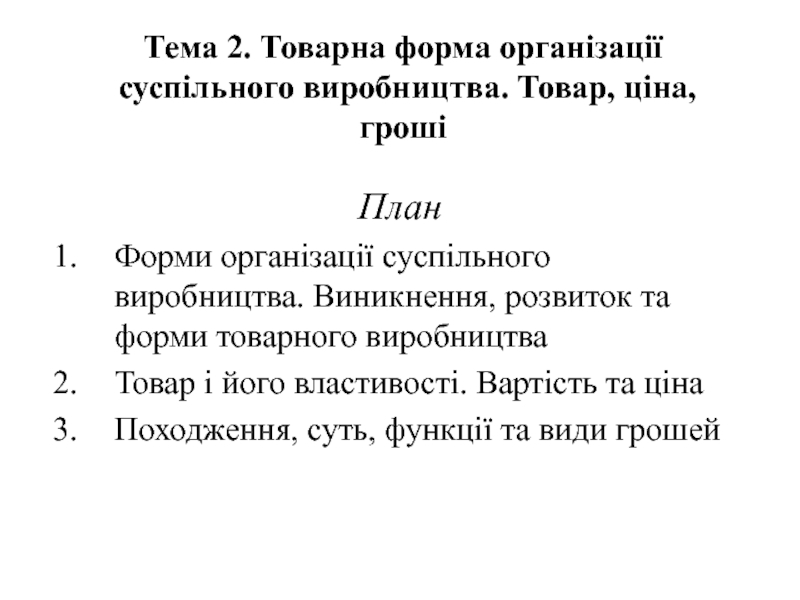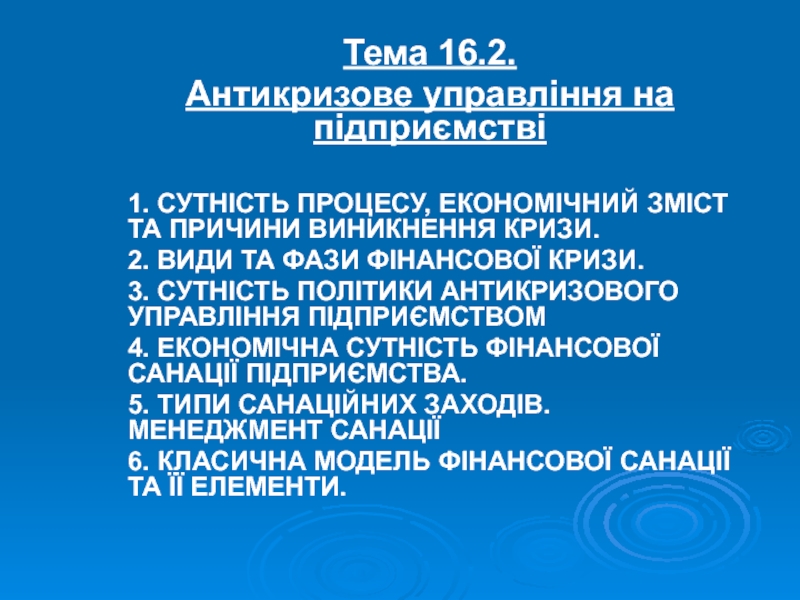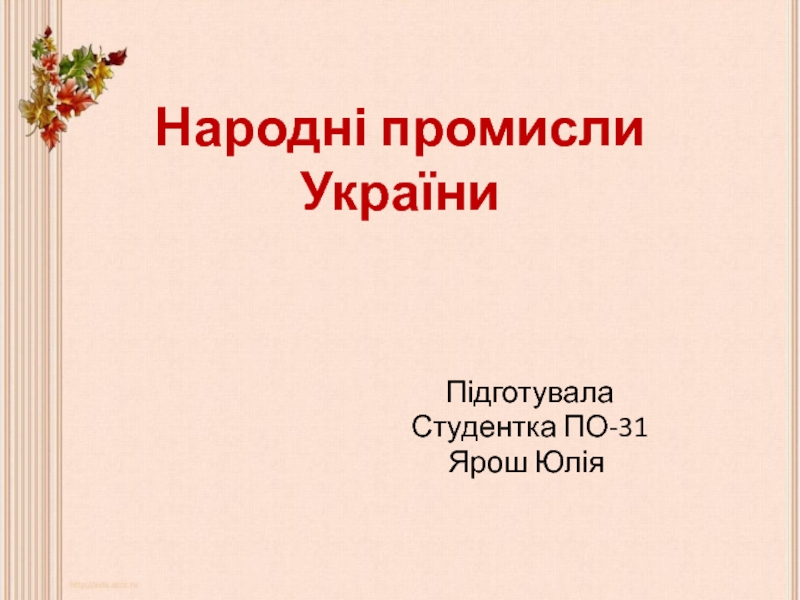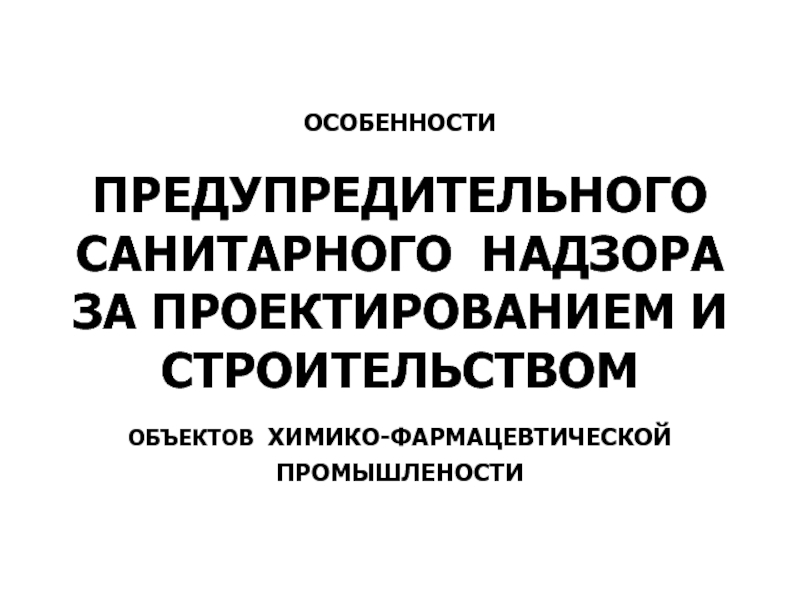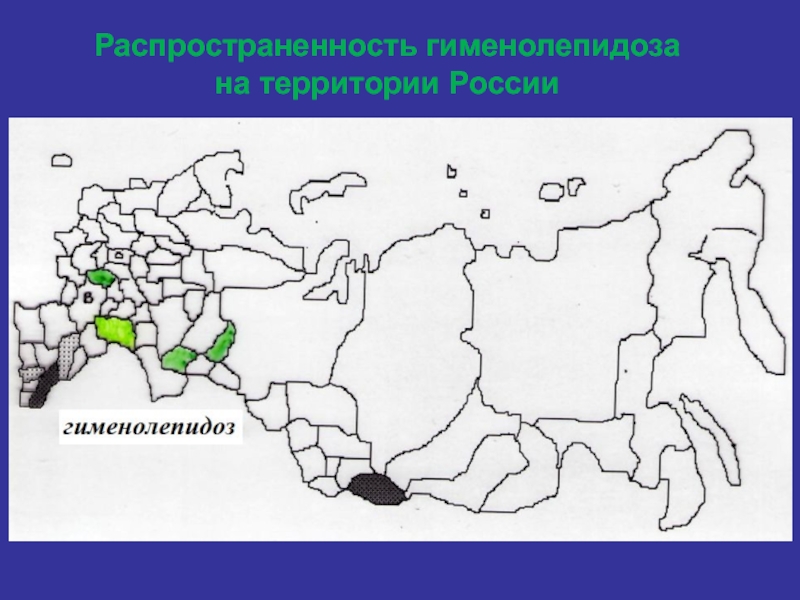Разделы презентаций
- Разное
- Английский язык
- Астрономия
- Алгебра
- Биология
- География
- Геометрия
- Детские презентации
- Информатика
- История
- Литература
- Математика
- Медицина
- Менеджмент
- Музыка
- МХК
- Немецкий язык
- ОБЖ
- Обществознание
- Окружающий мир
- Педагогика
- Русский язык
- Технология
- Физика
- Философия
- Химия
- Шаблоны, картинки для презентаций
- Экология
- Экономика
- Юриспруденция
Adverbial clauses of time
Содержание
- 1. Adverbial clauses of time
- 2. An adverb clause of time shows when
- 3. 1) We prefer as(rather than when) to
- 4. 1) … to introduce a clause which
- 5. 1) We use before or after to
- 6. When we say that one event happened
- 7. …all adverb clauses are subordinate clauses. They
- 8. Thank you for your attention
- 9. Скачать презентанцию
An adverb clause of time shows when something happens. It is usually introduced by time adverbs. Before after as when while
Слайды и текст этой презентации
Слайд 31) We prefer as(rather than when) to say that when
one thing changes, another thing changes at the same time
/As the chees matures, its flavour improves./2) We prefer while or as (rather then when) to talk about two longer actions that go on at the same time(while use in informal speech) /I went shopping while(as) Liam cleaned the house./
3) We use while or when (rather than as) to avoid ambiguiy when ‘as’ could mean ‘because ’ /While you wre playing golf, I went to the cinema./
AS, WHEN, WHILE
Слайд 41) … to introduce a clause which talks about an
event that take place at the same time as some
longer event /They were playing in the garden, when they herd a scream./2) … to mean “every time” / I still feel tired when I wake up in the morning./
3) … if one event happens immediately after another /When the lights went out, I lit some candles./
We use WHEN…
Слайд 51) We use before or after to talk about an
event happening earlier than another event /I put on my
coat before I went out./2) We use until and before when a situation continues to happen up to a time indicated in the adverbial clause /I had to wait six weeks until/before the parcel arrived./
3) We use until to talk about an action that continues to a particular time and than stops / They sat on the beach until the sun sank below the horizon./
4) We use until to describe the result of an action in the main clause /He cleaned his shoes until they shone./
BEFORE, AFTER and UNTIL
Слайд 6When we say that one event happened immediately after another
we can use sentences with hardly, no sooner, scarcely. After
hardly and scarcely the second clause begins with when or before; after no sooner it begins with than or when/The concert had hardly begun before all the lights went out./
/I had no sooner lit the barbecue than/when it started to rain./
HARDLY, NO SOONER, SCARCELY
Слайд 7…all adverb clauses are subordinate clauses. They cannot stand on
their own and must be attached to an independent clause.
…
An adverb clause of time can come before or after the main clause. When it comes before the main clause, we usually separate it with a comma. Commas are not necessary when the adverb clause goes after the main clause.… If you are talking about something that is yet to happen in the future, use a present tense in the adverb clause and a future tense in the main clause.
Note that …
